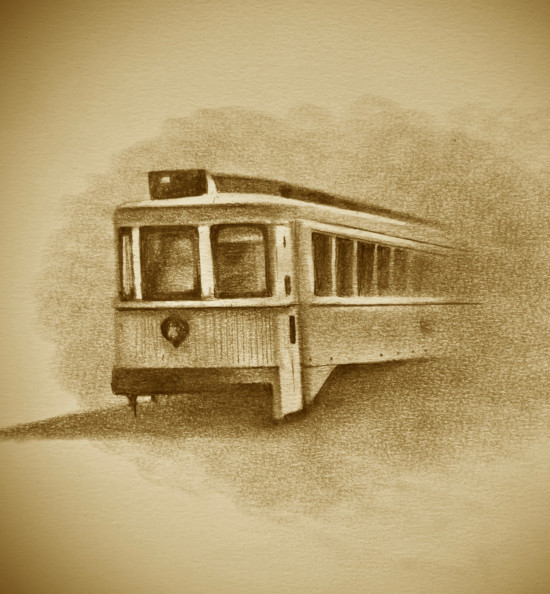The streetcar emerges
A people’s history of winnipeg

The terms “suburbs” and “suburbanization” often bring to mind the period after the Second World War, defined by rows of bungalows on tree-lined streets. Another image of the suburbs are the more recent stucco McMansions in far-flung areas of the city with garages standing guard over sidewalk-less streets.
In fact, the process of suburbanization emerged far earlier in Canadian cities and was deeply tied to the emergence of the streetcar as a revolutionary form of public transpiration.
Up until the late 19th century, there were no effective means of mass public transit and most people’s main form of transportation was walking. The lack of transit set real limitations in terms of where people could live.
Canadian cities were compact and, compared to most cities in the United States and United Kingdom, small. Most workers lived relatively close to their places of work, be it downtown, factories or wearhouses. This changed with the introduction of the streetcar.
Streetcars emerged in almost every Canadian city in roughly the same time, the first half of the 1890s. Streetcars extended the previous limits that were imposed on where people could live, although they did not totally abolish them, either, as class and ethnicity still had major influences on where people could live.
The mass construction of streetcar lines came at a time of tremendous population and economic growth. Between 1901 and 1911, the population of Canada increased by 34 per cent, with urban areas growing by an eye-popping 60 per cent.
The period saw Winnipeg as the main industrial and wholesale base for western Canada. With three railways crossing the city and the grain exchange being moved from Toronto to Winnipeg in 1890, Winnipeg was considered the “Chicago of the North.”
In 1910, Winnipeg accounted for 50 per cent of all manufacturing in western Canada. A massive industrial working class was created in Winnipeg, and those workers needed to get to work somehow.
Yearly streetcar paid fairs increased from 3.5 million passengers in 1900 to 60 million in 1913. The areas of the city that gained the most new residents in this time were west and south Winnipeg.
Streetcars were not only the most effective option for public transport but also used as a tool for land speculation that drove the creation of new developments and suburbs.
In many cases, streetcar lines were built into less-developed areas to spur on development and used as a promotional tool to attract homebuyers.
Land and subdivisions that had basic municipal services, paved sidewalks, sewers and piped water, were still the most desirable to homebuyers and developers – but by 1900, streetcar service was a requirement.
As a result, land speculation was rampant. For instance, the price of land per front foot in Transcona rose from $6.50 in 1910 to $125 in 1912. Increasingly, more lots were developed than needed, creating expansive, senseless patterns of suburban development.
In the early parts of the 20th century, streetcars were just as much a part of the development of suburbs as the car was in the second half of the 20th century.
Scott Price is a labour historian and program director at CKUW 95.9 FM.
Published in Volume 78, Number 06 of The Uniter (October 19, 2023)






